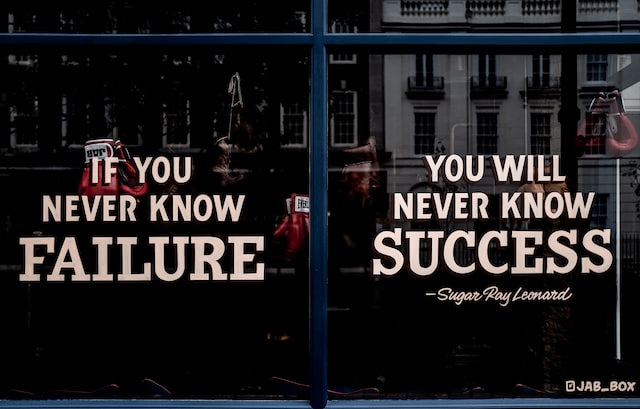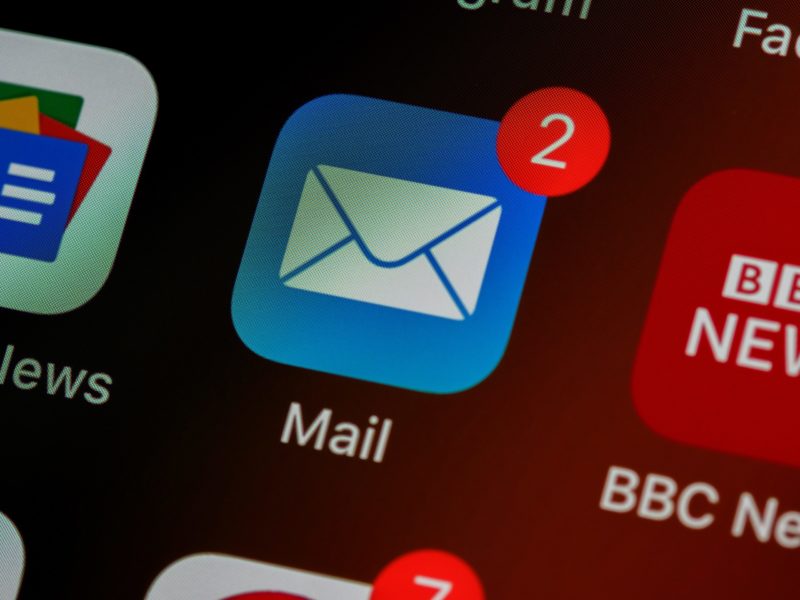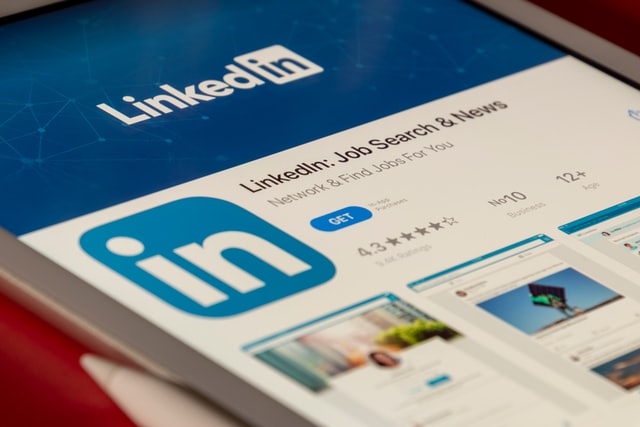The pandemic made it necessary for many of us to work from home and various technologies made that possible. For a number of tasks, our productivity increased. Now that it seems safe to work side-by-side again, many are resisting and it’s time to install best practices in returning to the workplace.
Many businesses are offering a hybrid model to bring forward lessons learned while working from home. These include flexibility in when the work gets done, recognizing the advantage of reduced commuting time, acknowledging the value of more focus time. Of course, this last one depended on who else was in the home and whether Zoom meetings dominated one’s schedule.
Benefits for our returning to the office at least part of the week can include maintaining connections with others, building a solid reputation founded on who we are and how we show up, and strengthening relationships to help foster greater collaboration now and networking throughout our careers. Finally, our overall health and well-being. Social media and the pandemic have led to further isolation. Don’t dismiss the value in real-time interactions.
If a hybrid model of working partly in the office and partly at home are likely to become the new normal, it would make sense to derive best practices for such a model. For example, a hybrid model can be effective if it addresses proximity bias, maximizes social opportunities, and capitalizes on remote innovation opportunities.
Proximity Bias
During the pandemic none of us were more proximal to the boss. When we return to the office in a hybrid model, we should ensure that those physically closer to those in power are not given an unfair advantage for promotions. Both the worker and the boss need to recognize that proximity bias may not be intentional but can certainly play a role in who gets promoted. Workers need to show up more fully when in the office and engaging as fully as possible when working from home. Bosses need to recognize those who produce results and not merely those who are physically present.
Social Opportunities
The last thing you want when seeking to bring an employee back into the workplace is to have her spend all day on Zoom with colleagues working from home. This was the case for someone told to do an internship in the office because of the opportunities to learn and grow from co-workers. But those co-workers never came into the office. It’s important to organize days when team members will all be in the office and prioritize opportunities to collaborate in the same physical space rather than stare at a computer screen. Be intentional in spending meaningful time with co-workers so that you can optimize your time in the office for collaborating, building trust and rapport, and generally working effectively together.
Remote Innovation
Let’s face it: companies want and need to innovate to stay competitive. The trouble is that innovation is hard to come by under the best of circumstances, but don’t rule out this coming when working remotely. Insight and inspiration can come from anywhere and at any time and very often this happens outside of the office. If companies encourage the flexibility in taking mid-day walks and endorse daydreaming during breaks from tasks, this could very well provide the spark needed for new ideas and opportunities that lead to vital innovation. Workers should optimize focus time for getting things accomplished when working remotely. They should also allow for divergent thinking and allow for creative inspiration.
People returning to the office at least part of the time can result in higher engagement, increased trust, better communication, and a feeling of belonging. These qualitative results are difficult to measure but shouldn’t be minimized as they are vital to higher productivity. It’s important to take what we’ve learned from working remotely and bring the best practices into a hybrid model that benefits both employees and employers.
























